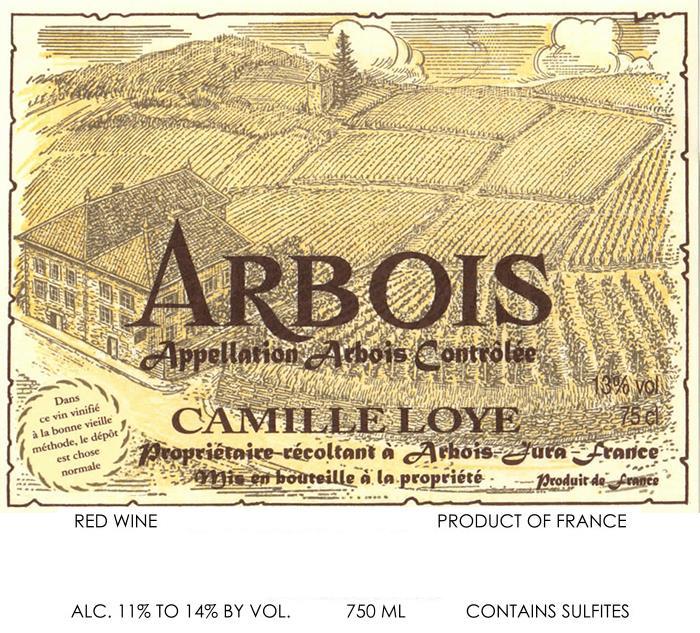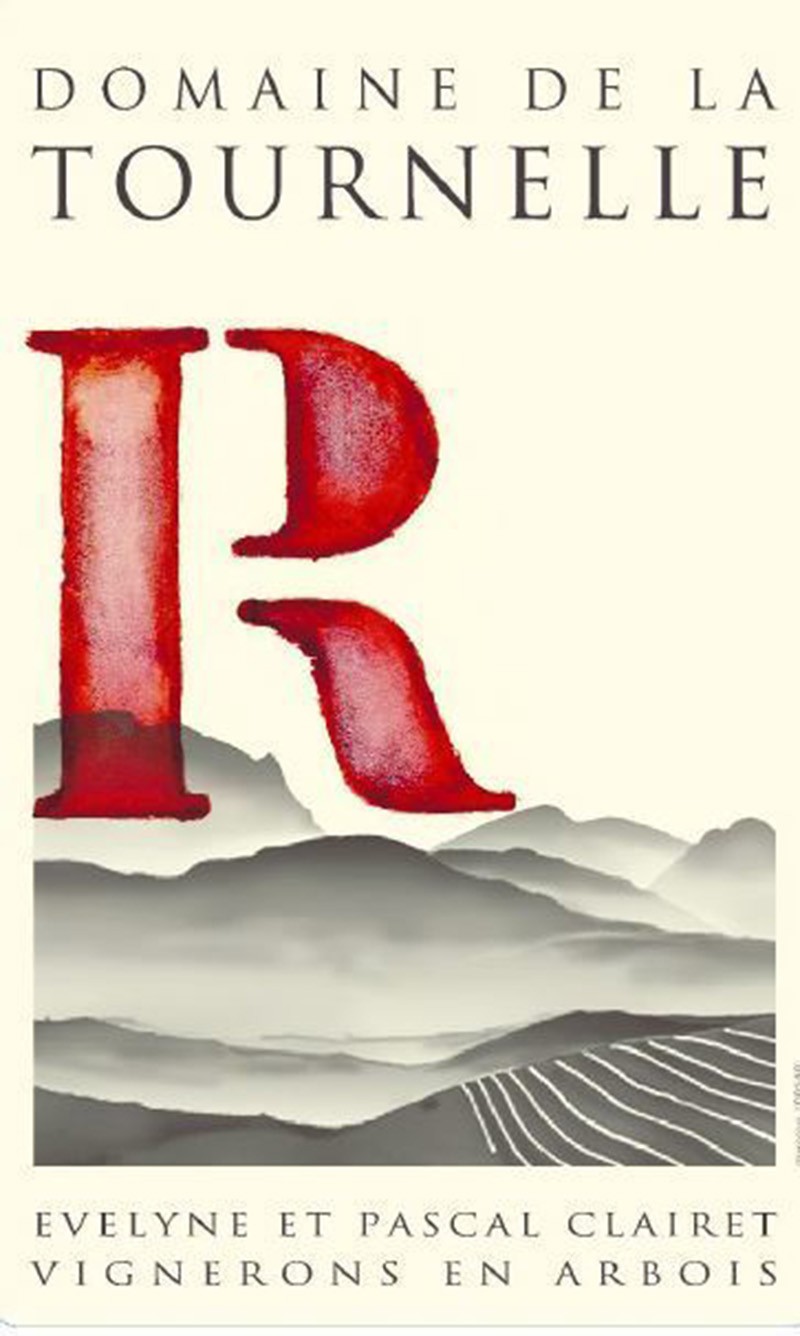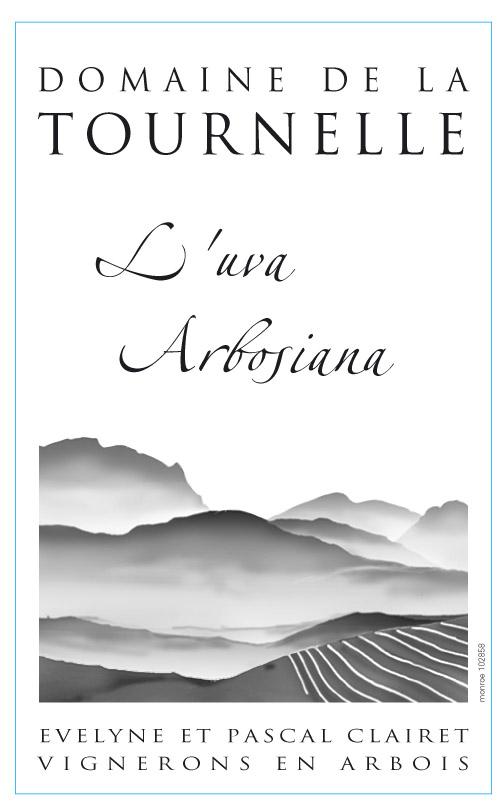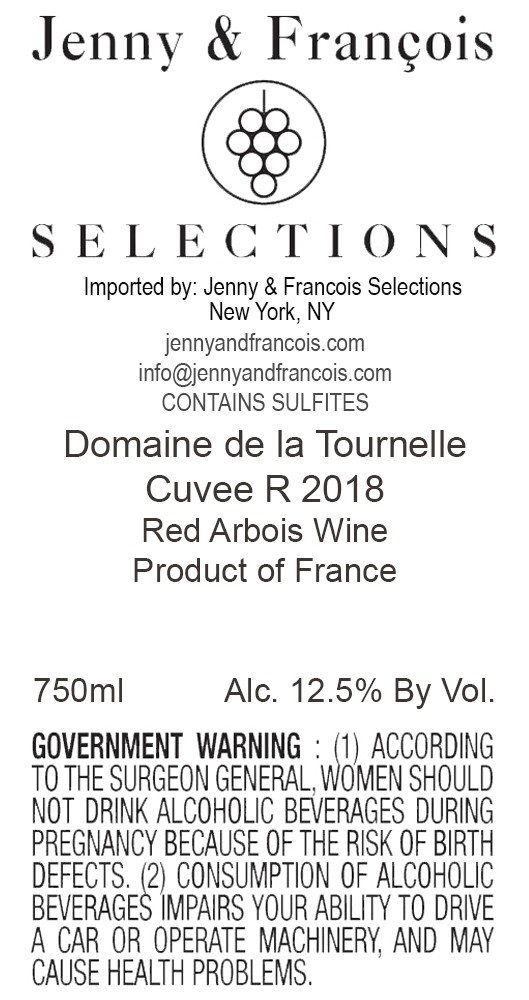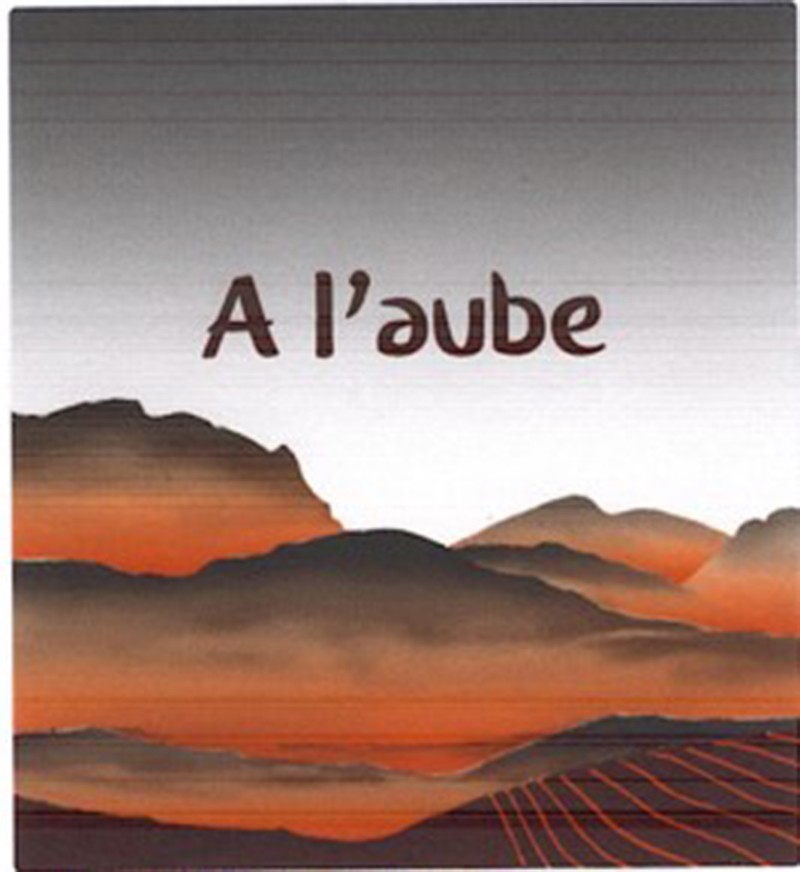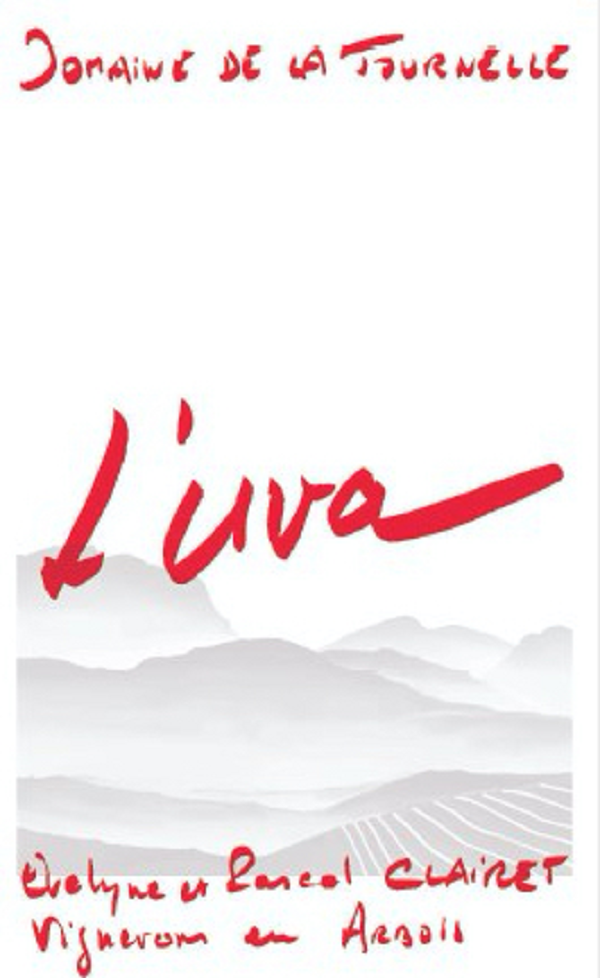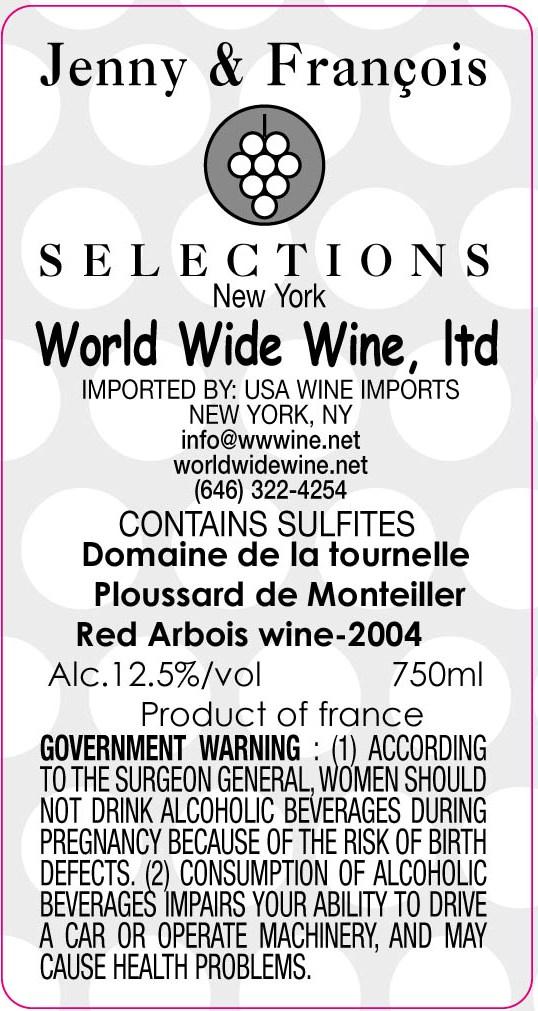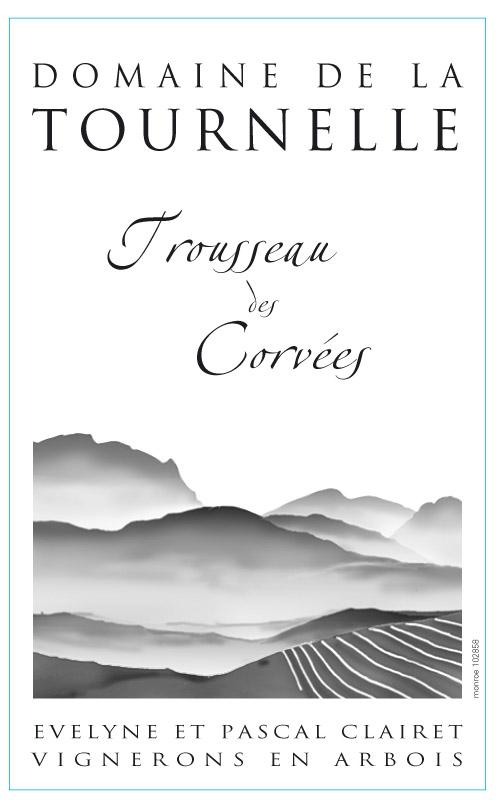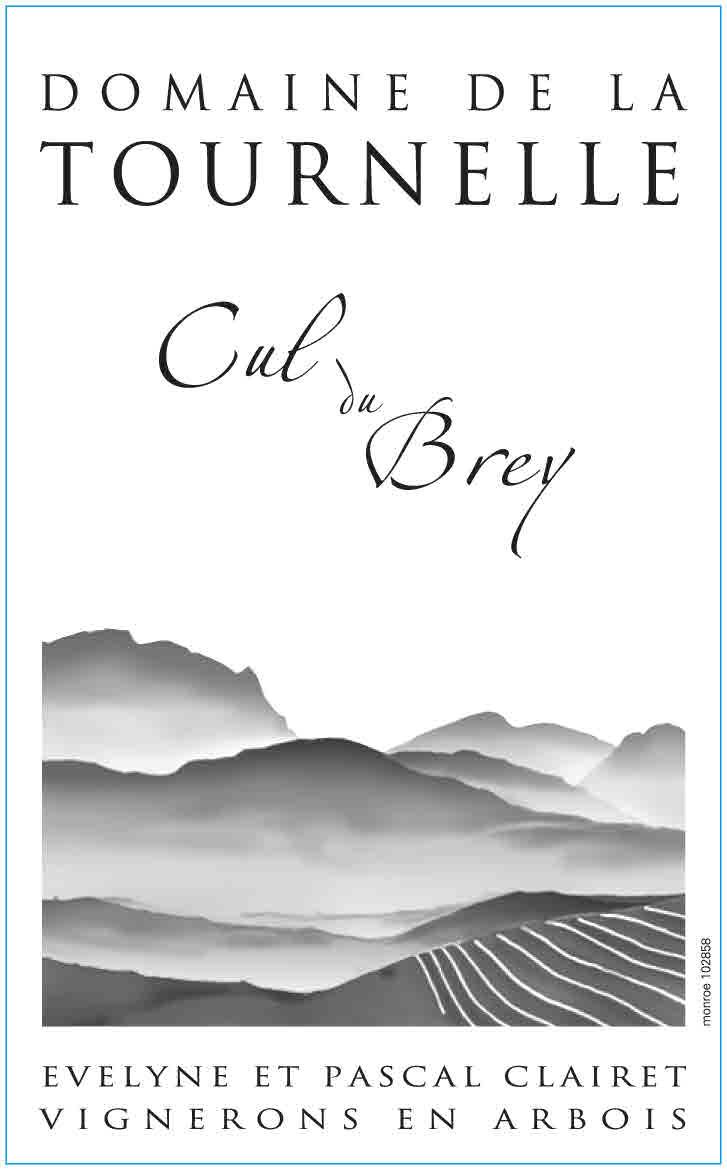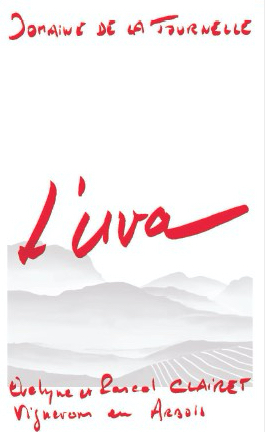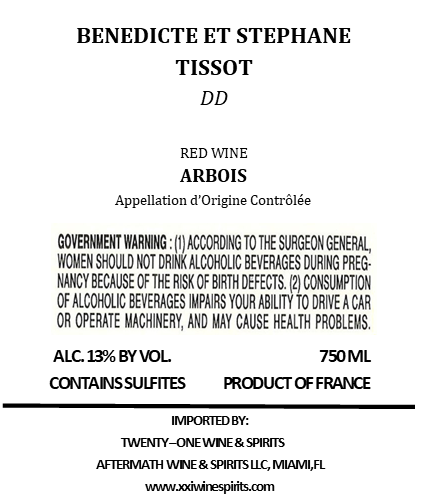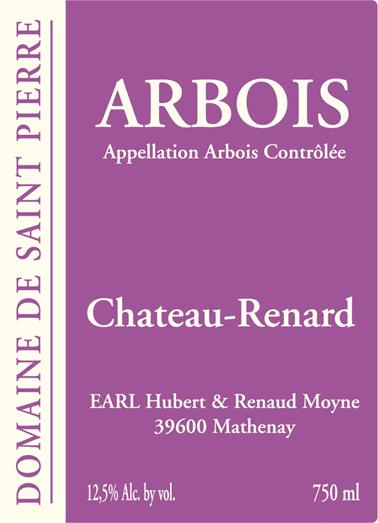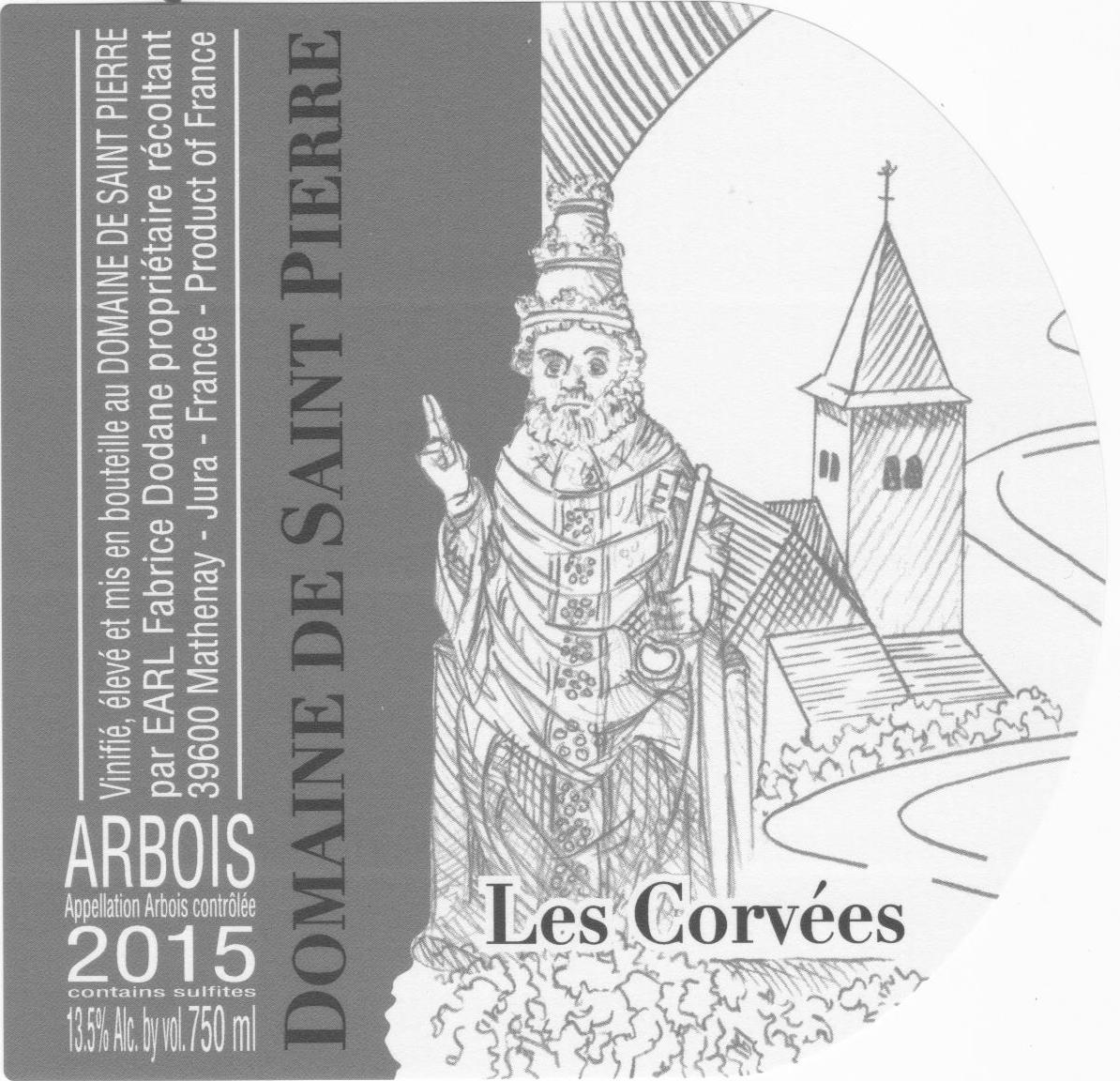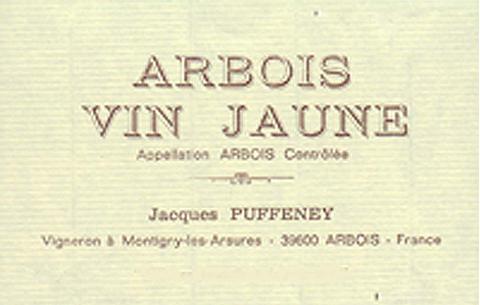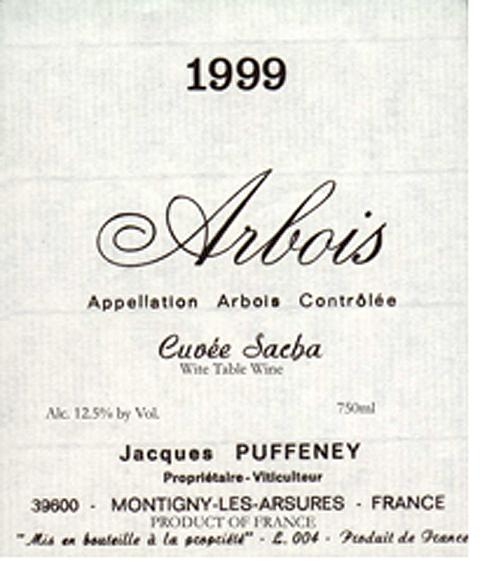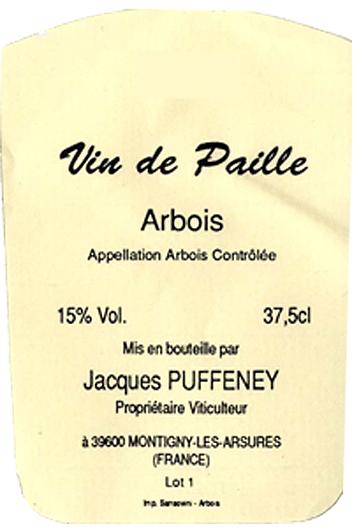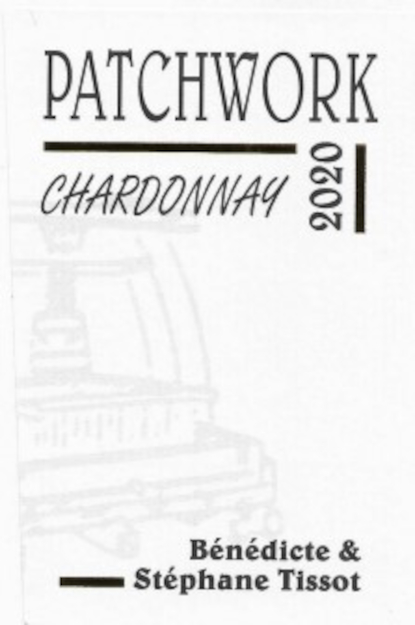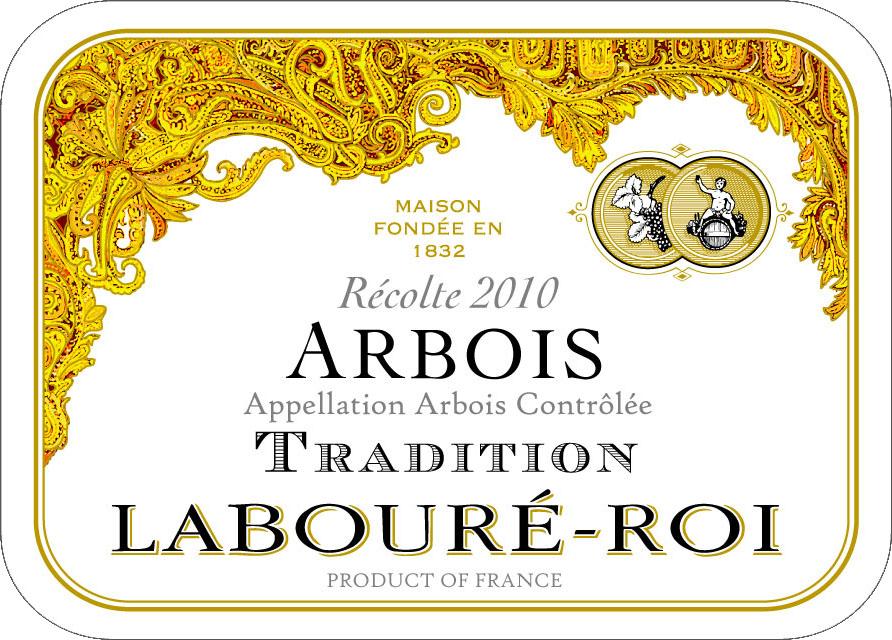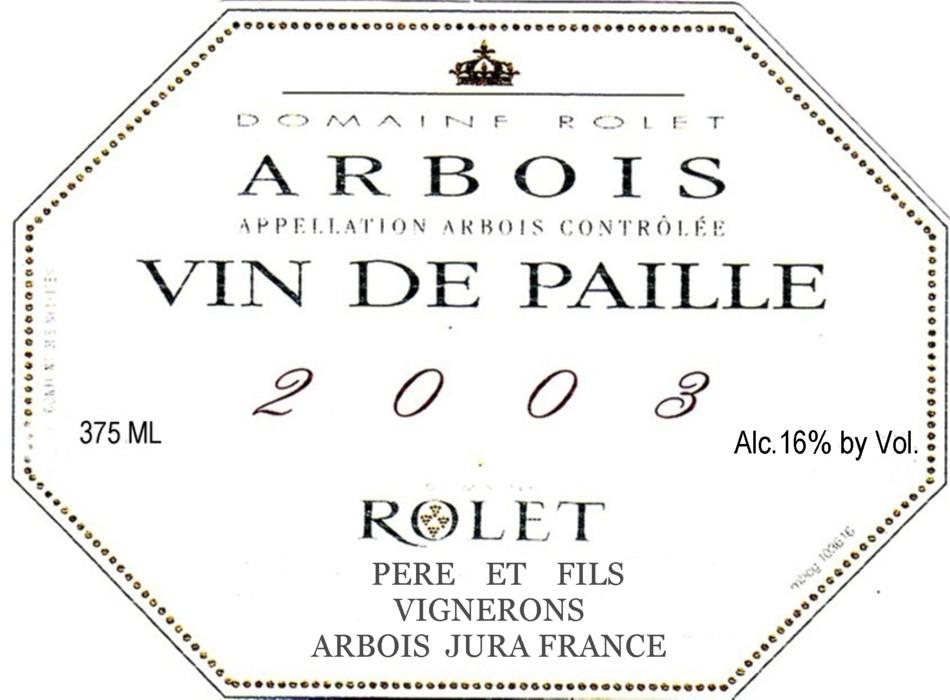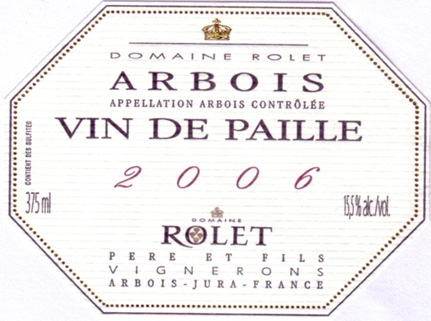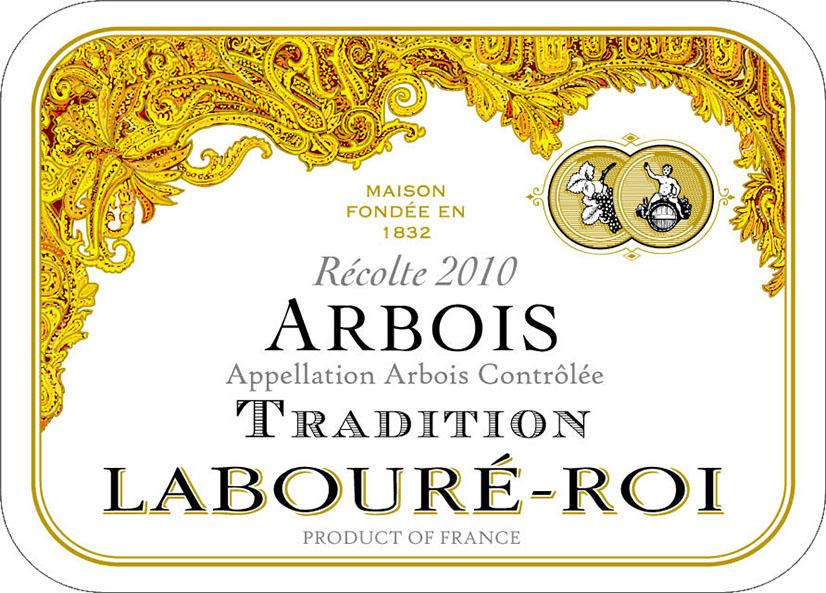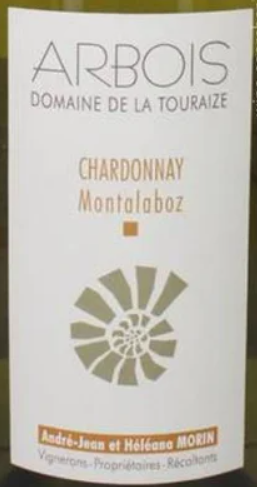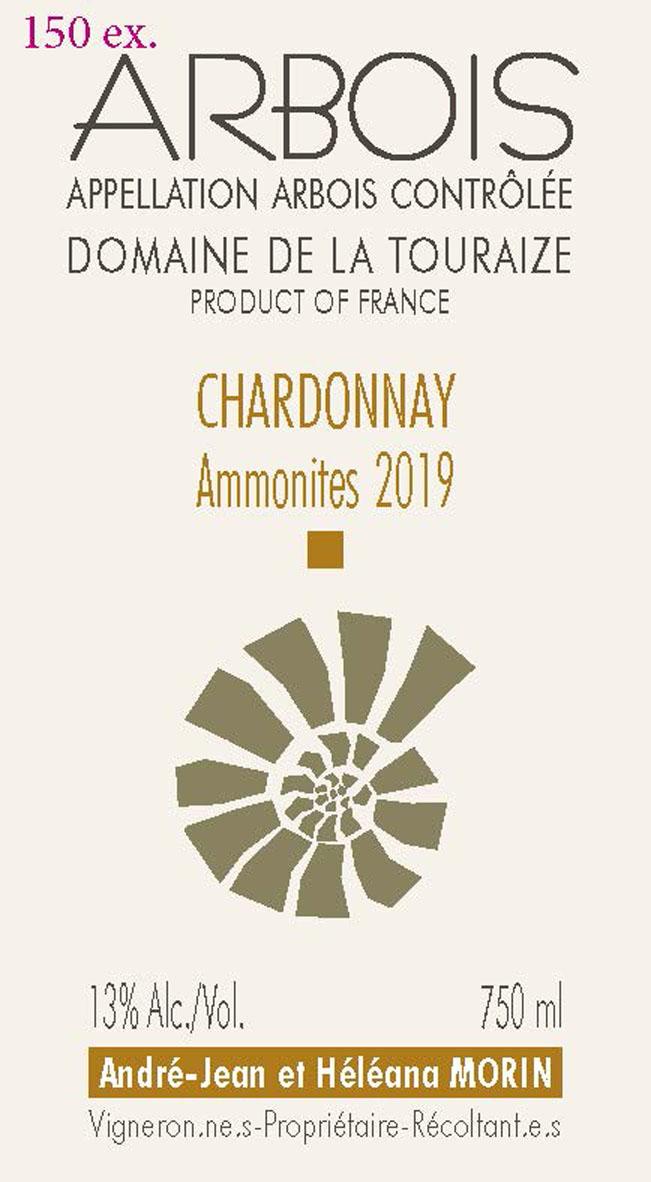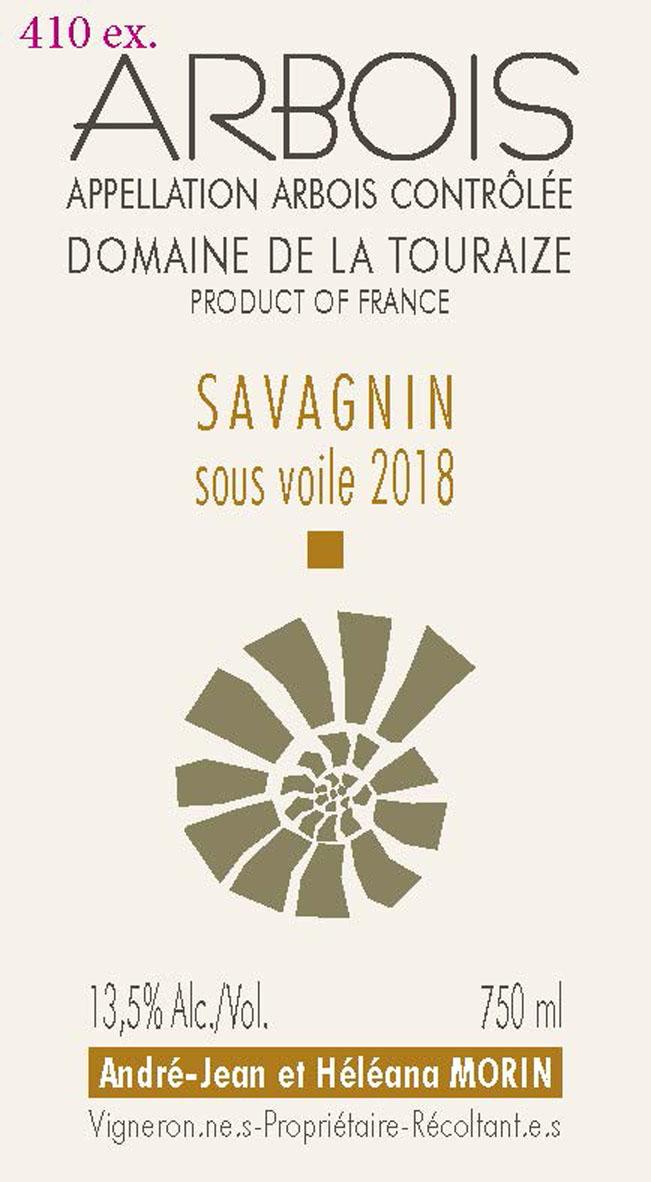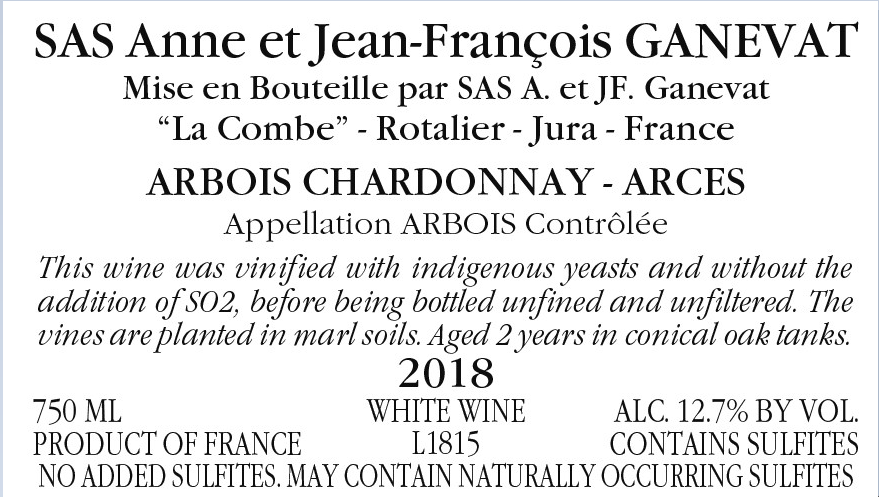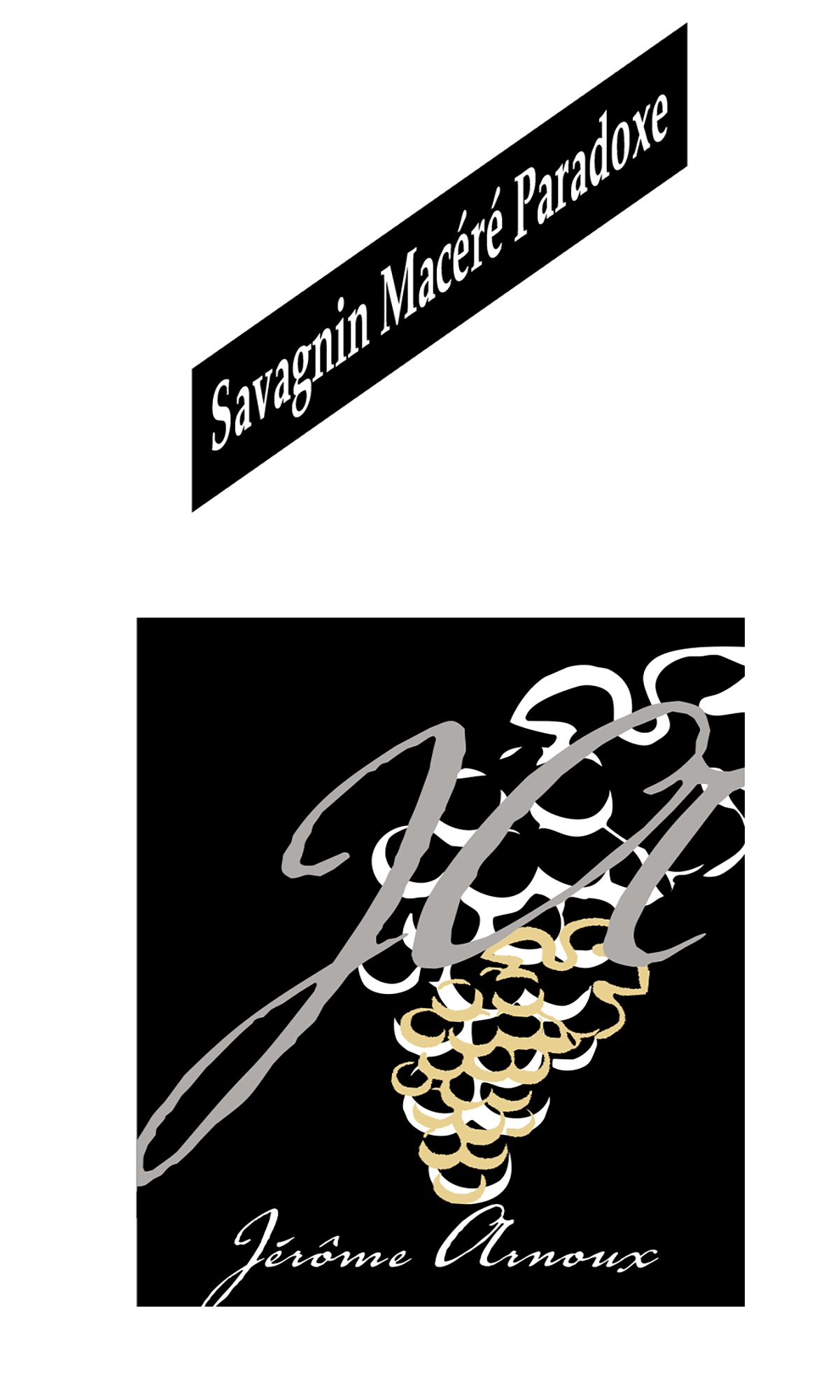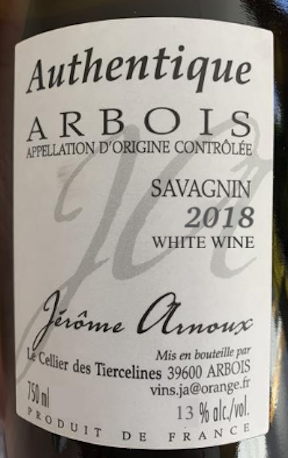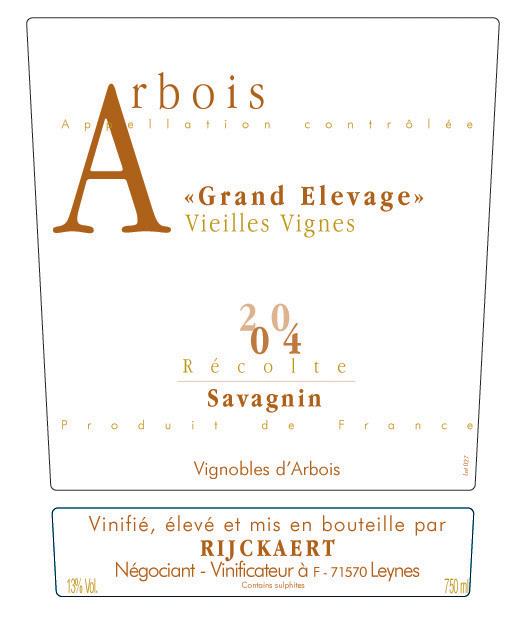Terroir of Arbois
The Arbois vineyards thrive on Jurassic-era soils, rich in calcareous clay and limestone debris. These marl-heavy soils, along with red clay and chailles, give the region's wine its unique character.
The vineyards are located on west and southwest-facing slopes, at elevations of 250 to 400 meters—perfect for ripening grapes with fresh flavors. The climate is mostly continental, with warm summers and cold winters, slightly influenced by the Atlantic.
With over 1,000 mm of annual rainfall, the region enjoys plenty of moisture. Cliffs around the area shield the vineyards from cold northern winds, while large day-to-night temperature changes help maintain grape acidity.
This special terroir allows for balanced ripening, where sunny spots boost flavor and cool nights, combined with marl-rich soils, add tension and mineral notes. The Arbois terroir is essential for creating wines with distinctive freshness and complexity.
Notable Wineries in Arbois
In the heart of France's Jura region, Arbois stands out with its blend of historic wineries and a significant cooperative. The Fruitière Vinicole d’Arbois, founded in 1906, plays a vital role, offering diverse wine styles and visitor experiences. Among the notable family-owned domaines are:
-
Domaine Rolet: A larger private estate setting the standard across the region’s wine styles.
-
Domaine André et Mireille Tissot (Stéphane Tissot): Pioneers in biodynamic farming, known for precise Chardonnay and Savagnin wines.
-
Domaine du Pélican: Celebrated for their terroir-focused wines.
-
Domaine de la Pinte: Famous for Savagnin grapes grown on blue marl soil.
-
Michel Gahier: Known for traditionally made wines from Montigny-lès-Arsures.
Nearby Pupillin producers, often labeling under Arbois or local designations, also enhance the area's wine reputation.
Sustainable Winemaking in Arbois
In Arbois, sustainability is woven into the fabric of winemaking, with a strong emphasis on eco-friendly practices. Many vineyards are cultivated organically or biodynamically, focusing on the health of marl and limestone soils using cover crops, compost, and minimal chemical inputs. Growers limit yields and avoid herbicides to promote biodiversity, while winemakers in the cellar practice minimal intervention with native yeasts and gentle filtration.
Efforts to integrate renewable energy and water-saving techniques are common, aligning with programs like Haute Valeur Environnementale, which underscores the region’s commitment to environmental stewardship. This dedication ensures that Arbois not only produces wines of distinctive freshness and complexity but also safeguards its unique terroir for future generations.
Wine Tourism in Arbois
Arbois, in the Jura wine region, offers a rich tapestry of wine tourism experiences year-round.
Visitors can explore the Route des Vins du Jura, connecting vibrant vineyards by car or bike. Key attractions include the Maison de Louis Pasteur and a museum dedicated to Jura's vine history.
Engaging activities, such as e-bike tours through scenic vineyards and harvest-time celebrations, provide immersive experiences. Events like La Percée du Vin Jaune showcase the latest vin jaune releases, with tastings and local delicacies.
Arbois is renowned for traditional pairings like Comté cheese and coq au vin jaune. Seasonal open-vineyard weekends and guided terroir walks further enrich the visit, while local markets offer delights like cheese, honey, and charcuterie.
Together, these experiences highlight Arbois's blend of historic charm and modern wine culture, reflecting the region's commitment to tradition and innovation.



